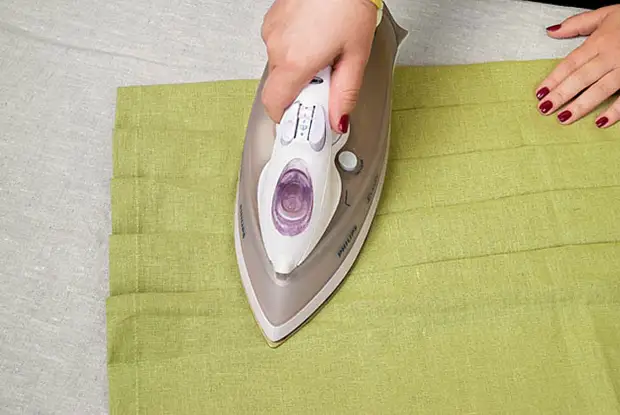
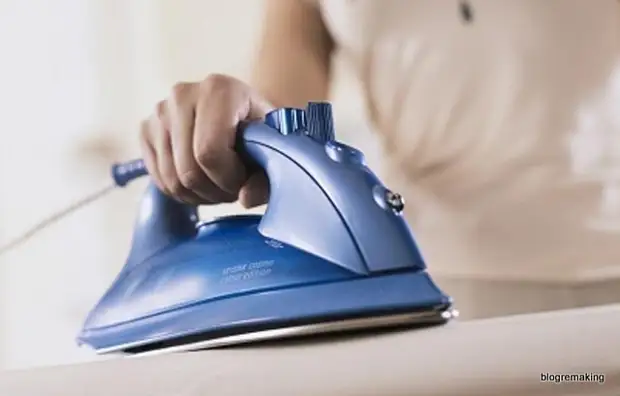
Before proceeding with the cutting fabric, it must be prepared: check the availability of defects and prevent fabric. About what is decision, and how to perform it, you will learn in this article.
With moisturizing, many fabrics give a shrinkage both in length and width. During the sewing or after washing the product, the shapes and dimensions of the parts may decrease, curbing and as a result - a bad fit of the product on the figure. Therefore, before opening parts from the fabric, the tissue is determined.
Decatization is a humid-thermal treatment of fabric for forced tissue shrinkage to its exception. The decamentation point is moisturizing, ferry processing and in the subsequent drying of the fabric.
Depending on the type of fabric, the methods of decision is distinguished:
Cotton, linen and blended fabrics are soaked in water room temperature, pressed and dry and then move. When soaking bright tissues, it should be added a little vinegar to water so that the matter does not polish.
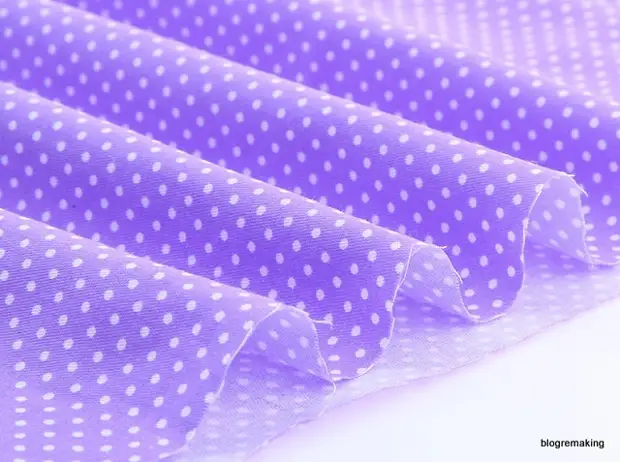
Dense woolen fabrics wrap in a wet sheet and leave for 5-6 hours. Then move from the inside in the equity direction through the wet fabric and give it freely. To spray woolen fabric is not recommended, as stains can remain from the water.
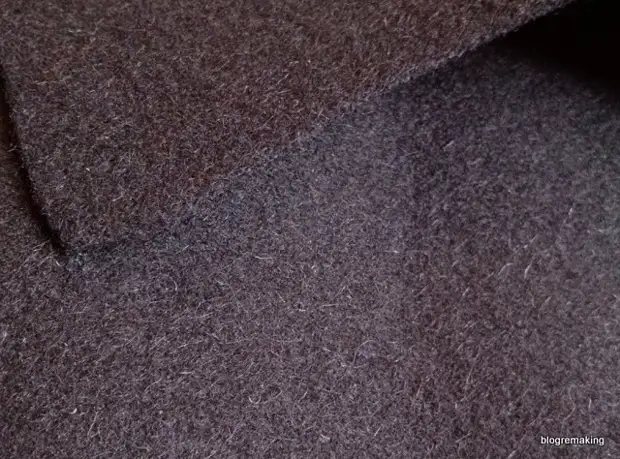
Costume fabrics, drapes are sufficiently pasted through a wet and weakly pressed path.
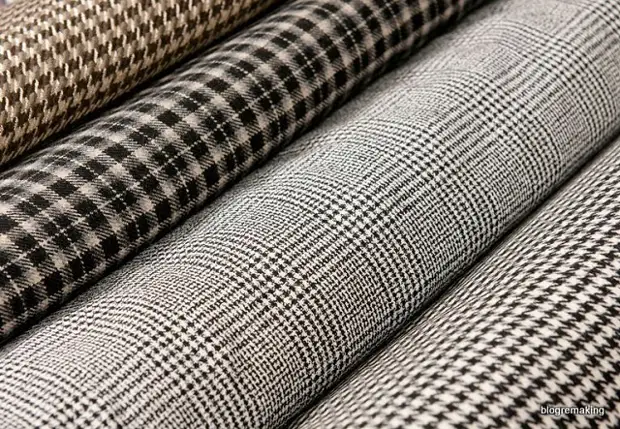
Heavy, strong fabrics in front of opening should be entirely soaked in water, slightly squeeze and hang on a long time, to dry the iron, stitching from the wrong side. On some waters, there are spots from water, therefore, if the cloth is not previously soaked, it is impossible to moisten it with a spray with a spray and the seams should be ironed without moisturizing.
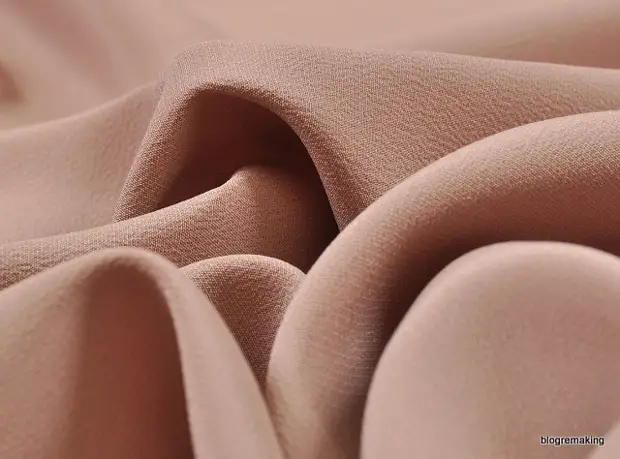
Natural silk fabrics have a slight shrinkage. They are sufficiently pasted through a wet path, which combines the share of the thread.
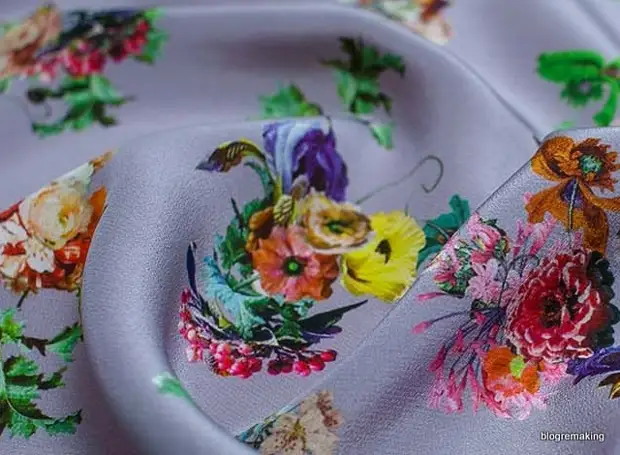
Artificial silk and staple fabric better put for 20 minutes in warm salted water, then pinched, squeeze, without twisting and wrapped in a sheet for 3 hours. Then straighten, hang, slightly dry the iron with an inside in the equity direction of the thread so that it is not deformed. Staple fabric can be soaked in hot water, then squeeze and dry the iron.
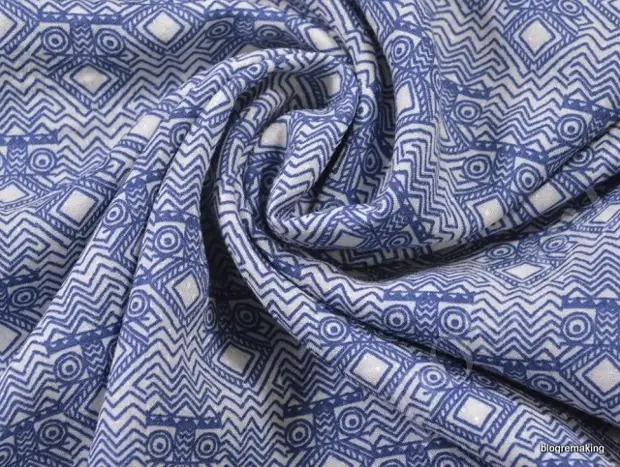
The fabrics and knitted canvas from synthetic fibers of the shrinkage are practically not allowed, they are prepared to cut them, only by eliminating the fibement iron and chances.
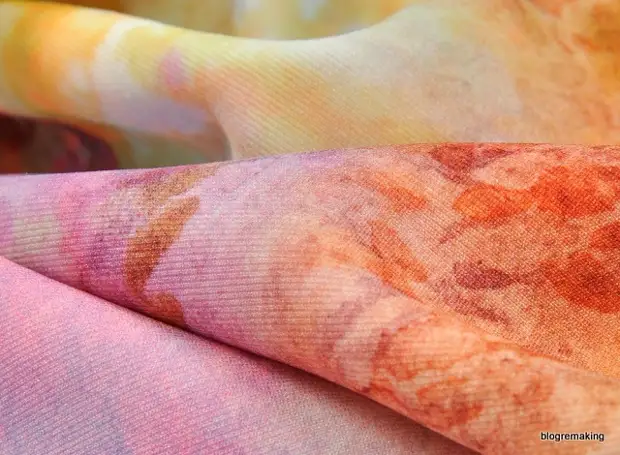
The laying materials are soaked in a little warm water, give them a drain, then wrap in a terry towel in order to remove moisture, then finally dried on a rope or crossbar.
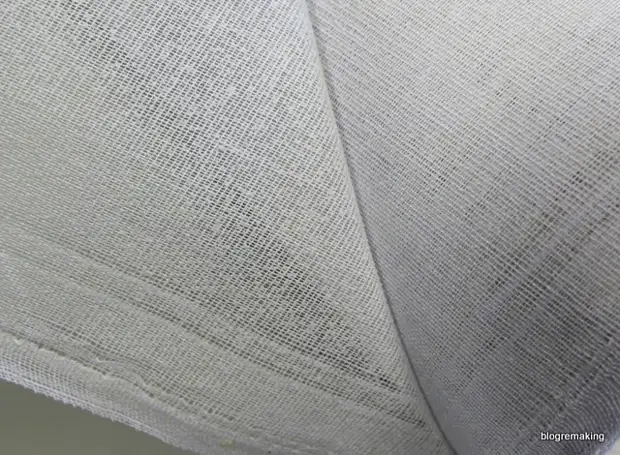
The lining materials are soaked in warm water, slightly pressed, dried, but not fully and move the slightly wet.
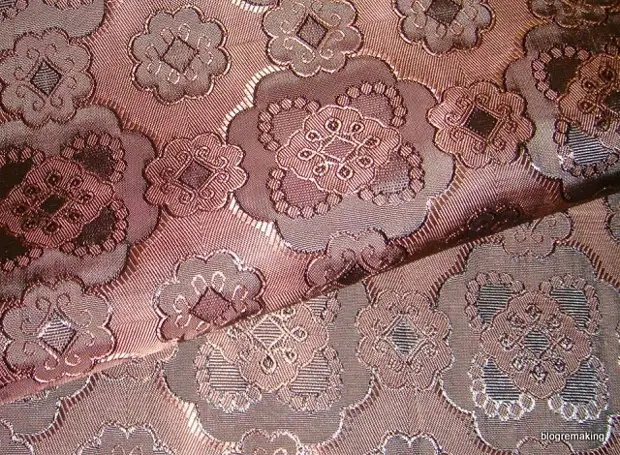
Decate the same braid used for the formation of shoulder sections of knitwear, formation of the line of lapels and Oak Sleeveless, fabric for pockets.
Non-native auxiliary materials (phlizelin, syntheps), and adhesive bending for the bottom of the product should not be decorted. They do not give shrinkage.
Velvet, velvet and other pile fabrics are not decatting. If you need to eliminate the races, then the fabric is ironing on weight so as not to strip and not change the direction of the pile.
Artificial and natural skin is not decatting.
A source
